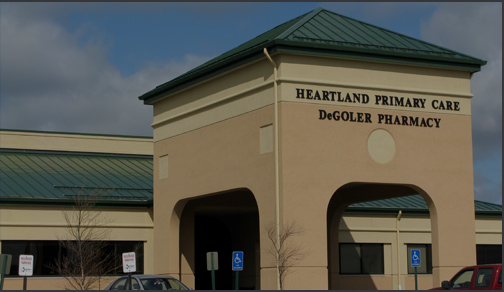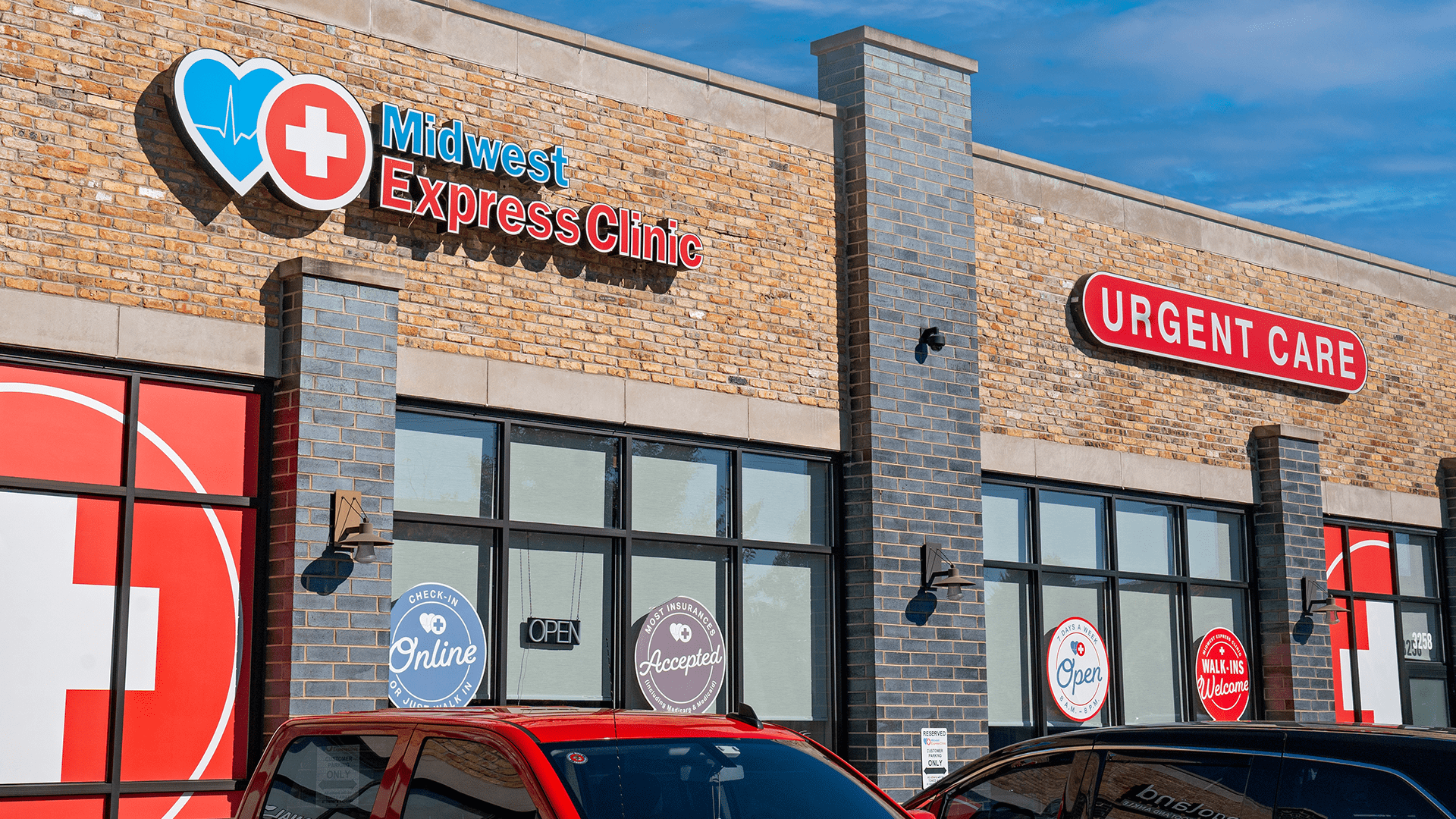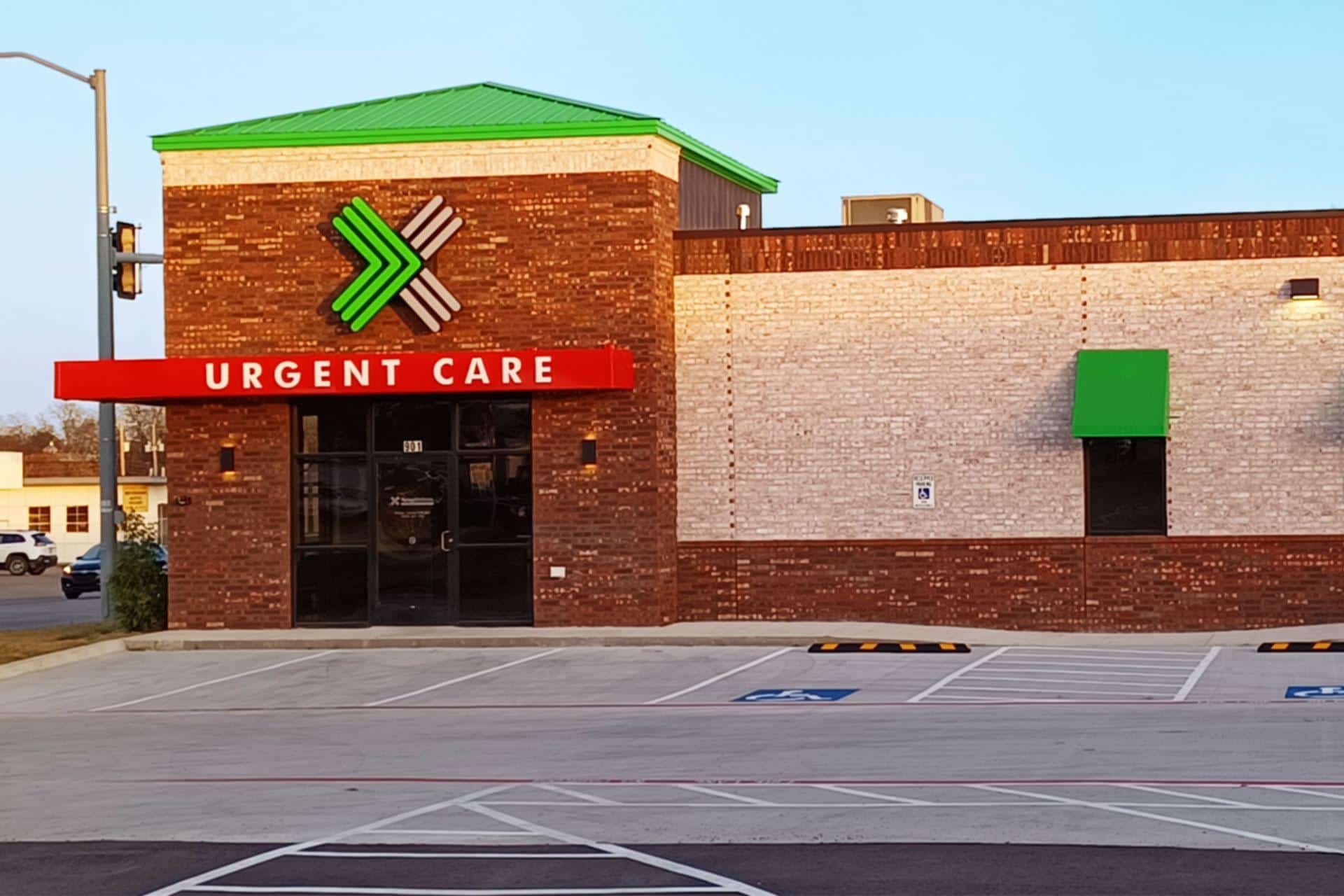What to Expect at a Leading Clinic Offering Urgent Care Services
Wiki Article
Exactly How Urgent Treatment Clinics Enhance Access to Medical Care for Patients With Immediate however Non-Emergent Medical Demands
Immediate treatment facilities have actually become a crucial element in the health care landscape, attending to the requirements of people that require immediate interest for non-emergent conditions. By operating outside of typical workplace hours and supplying a structured method to small injuries and ailments, these facilities not just lower the concern on emergency situation divisions but also enhance overall individual access to prompt treatment. As we consider the implications of this design, it becomes vital to check out how immediate treatment centers are changing patient experiences and end results in methods that warrant further expedition.
Duty of Urgent Care Clinics
Immediate treatment clinics play a critical function in the healthcare system by supplying immediate and available clinical solutions for non-life-threatening conditions. These centers offer as an important bridge between health care service providers and emergency situation departments, properly easing the worry on healthcare facilities while guaranteeing individuals receive timely treatment. By operating extended hours, including weekend breaks and evenings, immediate care centers deal with individuals that might not have the flexibility to visit a conventional doctor's office throughout standard service hours.The range of services provided at urgent care centers includes therapy for minor injuries, illnesses, and analysis services such as X-rays and research laboratory examinations. This breadth of treatment allows people to attend to a variety of health and wellness concerns without the long wait times generally related to emergency clinic. Furthermore, urgent treatment clinics frequently employ a varied group of medical care experts, including physicians, registered nurse experts, and doctor aides, that are equipped to take care of numerous clinical scenarios.
Benefits of Immediate Access

Additionally, immediate gain access to lowers the problem on key treatment suppliers and emergency situation divisions by drawing away less critical cases to suitable settings. This reduces congestion in emergency clinic, permitting those with true emergencies to get the urgent treatment they require without unnecessary hold-ups.
Furthermore, the convenience of extensive hours and walk-in accessibility implies that people can seek care without the need for appointments, which is particularly valuable for individuals with unforeseeable schedules or those that might experience sudden wellness issues. - Urgent Care
The availability of immediate treatment facilities cultivates a proactive technique to wellness, motivating clients to seek clinical recommendations and treatment sooner as opposed to later. This not only boosts individual complete satisfaction but additionally advertises a society of preventive care, ultimately resulting in healthier communities.
Comparison With Emergency Situation Areas
Regularly, individuals locate themselves unsure whether to check out an urgent care clinic or an emergency clinic when confronted with a clinical problem. Urgent Care. Recognizing the differences between these two medical care alternatives is necessary for making informed choices. Immediate treatment centers are created to resolve immediate however non-emergent medical problems, such as small injuries, infections, or health problems. They generally run with prolonged hours, consisting of nights and weekend breaks, offering prompt access for clients that may not need the detailed services of a hospital.In comparison, emergency rooms are geared up to handle lethal scenarios and extreme clinical emergencies, such as cardiac arrest, strokes, or major trauma. These facilities supply innovative diagnostic tools and expert appointments, which can lead to much longer wait times for clients with much less critical problems. Usually, emergency clinic have a tendency to be extra pricey than immediate treatment facilities, making urgent care a more cost-effective choice for non-emergent next page needs.
Ultimately, click this link while both urgent care centers and emergency rooms play vital roles in the healthcare system, comprehending their respective features permits individuals to choose the suitable setup based on the seriousness and nature of their clinical issues.
Services Offered by Urgent Care
Urgent care centers offer a broad array of services tailored to attend to non-emergent medical needs, making them a practical alternative for people looking for punctual interest. These facilities are furnished to manage numerous conditions, including minor cracks, sprains, and lacerations, which require instant care yet do not necessitate emergency space treatment.Furthermore, urgent care clinics supply analysis solutions such as X-rays and laboratory tests, permitting quicker analysis and therapy of illnesses. Patients frequently existing with typical disorders like colds, flu, and infections, which can be successfully handled on-site. Immediate care facilities often provide precautionary services, consisting of vaccinations and health testings, adding to total public health and wellness.
One more key service supplied is the management of chronic conditions intensified by severe signs and symptoms, such as asthma or diabetes, making certain clients get timely treatment without overwhelming emergency services. Several centers also prolong their hours beyond standard office routines, boosting ease of access for clients that might need care during evenings or weekends.
Improving Patient Outcomes

Urgent care clinics are geared up to manage a series of non-emergent clinical problems, consisting of minor injuries, infections, and health problems. Their focus on available, premium treatment permits patients to get suitable therapies and preventative services, promoting much better health monitoring. These facilities typically utilize a multidisciplinary strategy, incorporating numerous healthcare experts to guarantee extensive care.
Patient education is likewise a key element of improving outcomes. Urgent treatment carriers regularly use support on follow-up treatment, safety nets, and lifestyle adjustments, empowering patients to take an energetic function in their wellness. As a result, the mix of prompt access, expert care, and patient education and learning not only enhances complete satisfaction yet additionally results in improved lasting health and wellness outcomes, enhancing the value of immediate care centers in the medical care continuum.
Conclusion
In summary, urgent care centers serve an essential function in boosting healthcare access for people with prompt, non-emergent clinical needs. By giving prompt solutions outside traditional office hours and reducing delay times, these facilities successfully relieve stress on emergency clinic. The variety of solutions supplied adds to enhanced patient results, promoting aggressive health and wellness monitoring. Inevitably, urgent treatment centers are crucial in linking the space between health care and emergency services, ensuring reliable and accessible health care for communities.
On standard, emergency rooms often tend to be extra pricey than immediate care centers, making immediate treatment a more cost-efficient choice for non-emergent requirements. (Urgent Care)

Inevitably, urgent care centers are important in bridging the void in between key treatment and emergency services, ensuring reliable and accessible healthcare for neighborhoods.
Report this wiki page